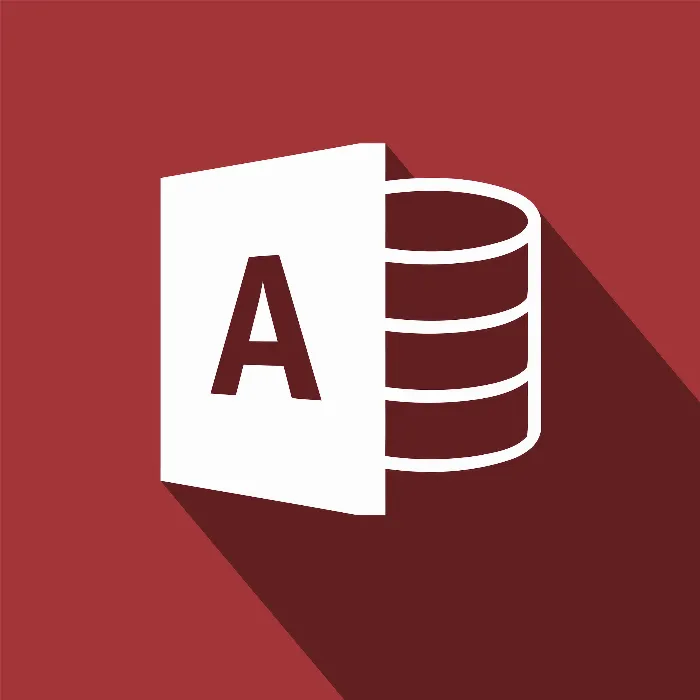Databases are the backbone of modern information systems. They not only enable the storage of information but also their efficient querying and analysis. In this course on Microsoft Access 2016, I will show you how to learn and successfully apply the fundamentals of database management. Whether you are new to the world of databases or want to expand your knowledge – you will gain valuable insights and tips on how to become a data hero.
Key Insights
- Understand the fundamental concepts of Access and databases.
- Learn how to effectively model databases.
- Create and edit tables, queries, forms, and reports.
- Apply what you’ve learned in practical exercises.
- Discover the latest features of Access 2016.
Basics of the Access Database
At the beginning of the course, we will dive into the basics of Microsoft Access. You will first receive an overview of what Access is and what features it offers. The user interface will be introduced to you, so you can become familiar with the various navigation areas.

Once you know the basics, we’ll get straight to the meat of it: we will create our own database. You will learn what entries are needed and how to input them into the database. The practice follows immediately; you will insert, edit, and also delete files.

Better Organize Company Data – Database Modeling
New to the field of database design? No problem! In the module on database modeling, you will explain what makes a good database design. Aspects of data optimization and the establishment of relationships play a significant role here. You will learn how to correctly name object types and how to bring structure to your database.
Manage and Optimize Tables
A central element of any database is tables. You will learn how to handle tables, the significance of the primary key, and how to insert auto numbers. Moreover, you will discover how to structurally adjust existing tables.
To make the database even more flexible, we will learn about queries. These are essential for extracting specific data from the database. You will work with standard queries and learn how to use filters to display only the relevant data.
Forms – Easy Data Entry
Forms are a helpful tool for data entry. In our exercises, I will show you how to create your own forms and customize them visually. Standard forms are often unappealing; here you will learn how to enhance them and make them usable.
Create and Customize Reports
Why are reports important? With reports, you can present visualized data appealingly. In this section of the course, we will create our own reports and learn how to edit them as needed. This way, you can professionally present the information you need.
Understand Properties of Database Elements
To further immerse yourself in Access, we will focus on the properties of various elements. Here you will learn all about table properties, field validations, and the special properties of queries and reports.
Practical Exercises for Deepening Knowledge
Learning by doing – the most effective method! We will go through some practical exercises together, including creating a movie database or a customer database. These exercises offer you not only theory but also practical application possibilities for various scenarios.
At the end of this course, you will be more familiar with the risks and challenges of database applications and be able to handle Microsoft Access even more confidently. A review of what you have learned will help solidify your knowledge.
Summary – Become a Data Hero with Access 2016
In this course, you have learned the basics of Microsoft Access 2016, from database creation to practical applications with queries, forms, and reports. You are now able to organize and evaluate data effectively. This opens up numerous opportunities for you to utilize your information better.
Frequently Asked Questions
How can I create a new database?You can create a new database by clicking on "File" and then "New".
What is a primary key and why do I need it?The primary key is a unique identifier for each record in your table.
How do I filter data in Access?You can filter data in Access by using the filter options in the data view of your table or query.
Can I customize my forms?Yes, you can customize your forms by making layout and design changes.
What are queries and what can I use them for?Queries are questions to the database to extract specific data based on defined criteria.


